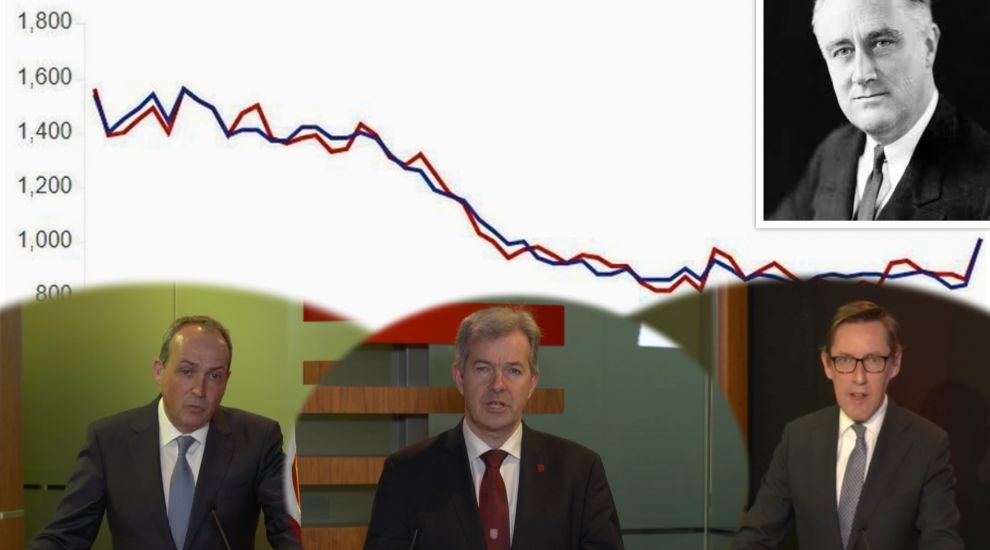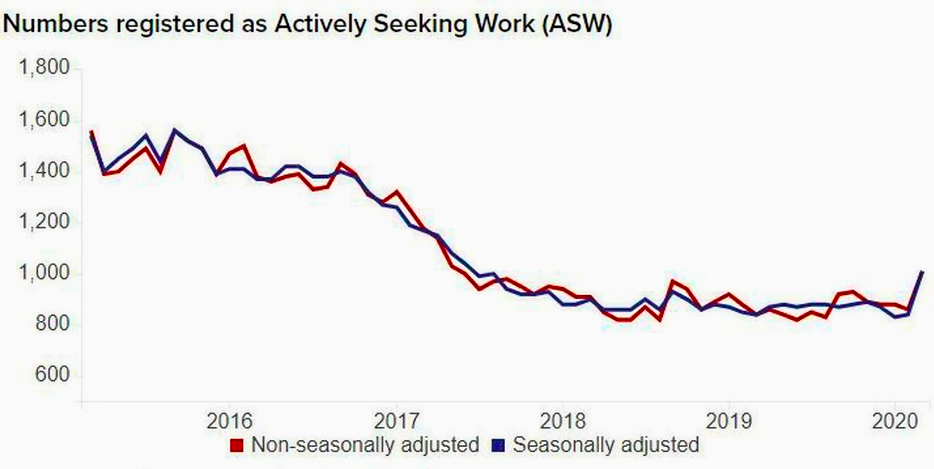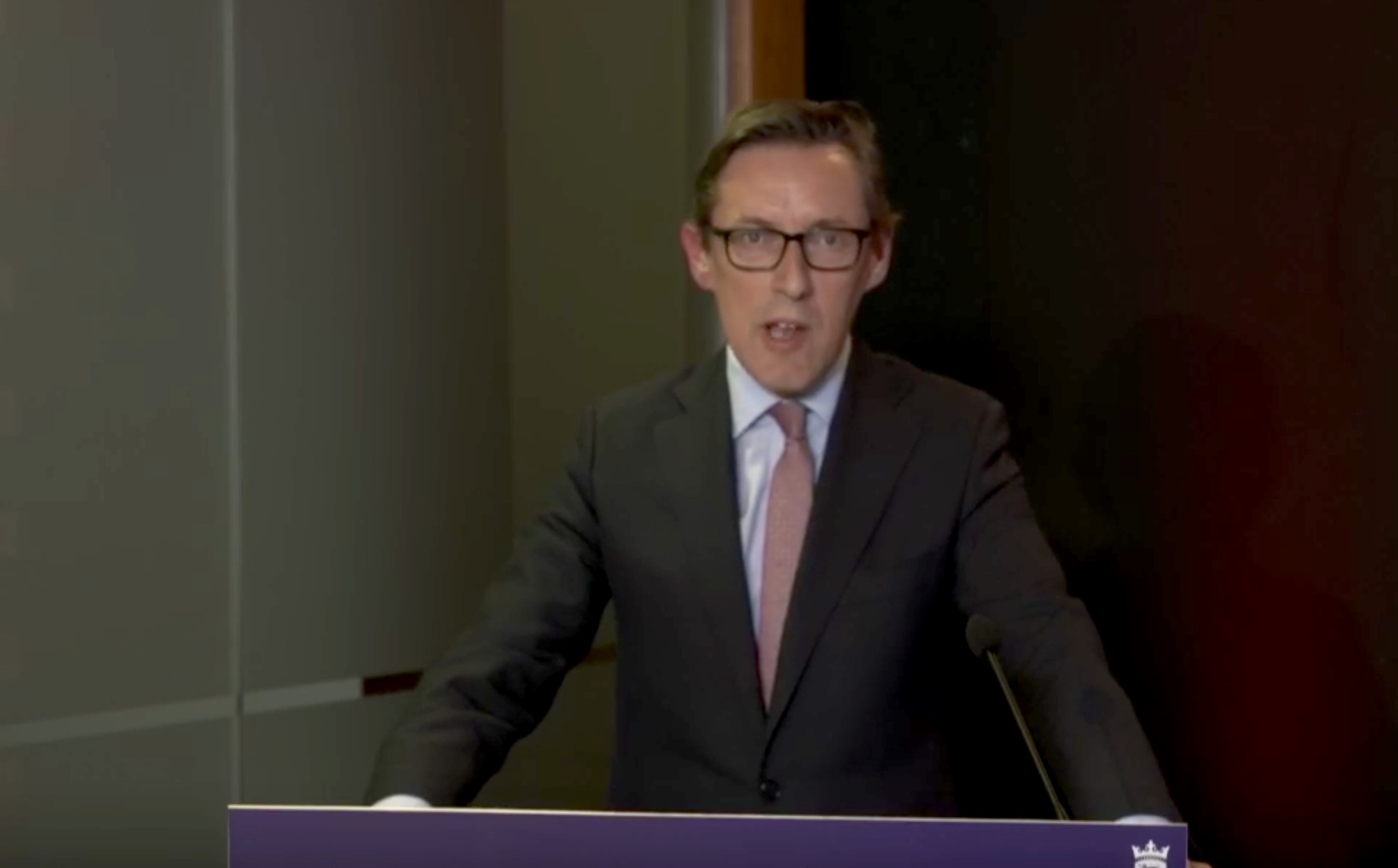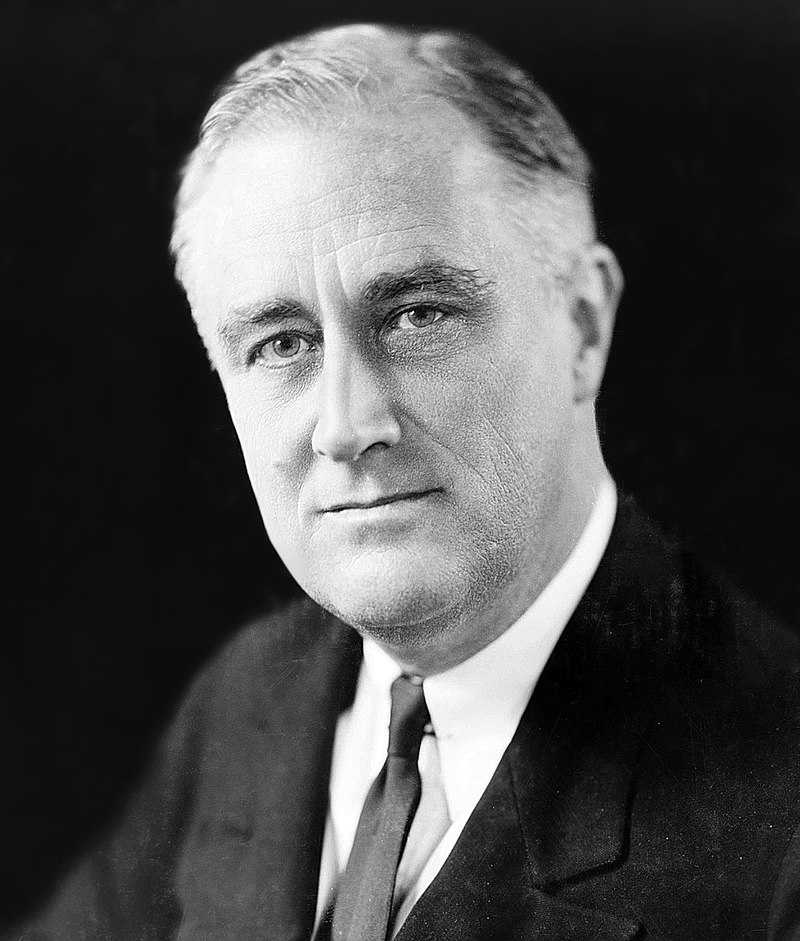


The Great Depression - that period in history from 1929 to 1939 - saw economies around the world suffer the first significant collapse of the industrialised era.
The wealth accumulated during the sudden economic surge of the ‘Roaring Twenties’ failed to filter down through society, and instead encouraged a frenzy of debt accumulation and over-consumption.
When accompanied by a drought that destroyed the nation’s food supply, the bubble burst dramatically during 1929, the year of the first Wall Street Crash.
In the United States, unemployment rose from 3% to a peak of 25%, half of the country’s banks failed, and the stock market fell by 80% in the space of four years.

Pictured: Jersey's most recent unemployment numbers
The collapse of the Gold standard (the control of a currency’s value, through pegging its supply to a country’s Gold reserves), and the repatriation of American investment capital, saw the US’s economic woes spread around the globe. This led to a worldwide financial catastrophe resulting in a decline of 66% in global trade, and ultimately created tensions which contributed considerably to the outbreak of the Second World War.
Of course, it wasn’t all bad news. The decade gave us Steinbeck’s Grapes of Wrath and Of Mice and Men, ‘Somewhere over the Rainbow’ and the Wizard of Oz, and for those possessing a slightly more tarte palette, the unique linguistic stylings of Woody Guthrie.
One other well-known song from the era was particularly significant. ‘Happy Days are Here Again’ was the campaign tune for the 1932 Presidential candidate Franklin Roosevelt. (New Labour obviously learnt from the past when deciding on ‘Things Can Only Get Better’ in 1997). Roosevelt’s landslide election victory against the incumbent Herbert Hoover, predicated upon promises of a solution to the ills of the Great Depression, saw him achieve control of both the House and the Senate, and during his first one hundred days, he enacted unprecedented levels of legislation and executive orders that collectively became known as the New Deal.
Roosevelt’s plans fell under three broad headings of Relief, Recovery and Reform.

Pictured: at the end of last week, Jersey's Assistant Treasury Minister, Senator Ian Gorst, announced Jersey's recovery plans.
Relief focussed on providing money for the unemployed and Farmers. Recovery was implemented via Government spending on new infrastructure, managed through the Works Progress Administration Agency, which at its peak employed over 3 million people.
Over 1 million kilometres of roads and 10,000 bridges were built by those employed during the short life of the Agency, in addition to such iconic projects as Camp David, and the Hoover Dam. (Which Roosevelt, throughout his presidency, referred to as the Boulder Dam, rather than using the name of his predecessor, proving that even great men can be petty at times).
Roosevelt’s Reform package focussed upon new legislation governing Fair Labour Standards, Social Security, and a raft of measures to control the Financial system, which had boomed almost free of constraint during the 1920’s.
With tensions rising across the globe, and war having broken out in Europe in 1939, he also oversaw a surge in military spending, and conscription. The latter of these of course did wonders for the unemployment rate, and it is now widely acknowledged that it was this mobilisation of people and capital in response to the US’s entry into the War in late 1941, which finally spelled the end of the Great Depression, some 12 years after its beginning.

Pictured: Franklin Roosevelt, architect of the New Deal. (Library of Congress/Wikipedia)
This is not to say that mistakes weren’t made along the route to recovery.
There were a series of smaller recessions and recoveries during the 12-year period in response to various government policies. With hindsight, the most overt mistake was the Federal Reserve’s unwillingness to implement measures to increase the money supply from 1929 to 1933. In response to the worsening of economic conditions in 1929 and 1930, people began to hoard cash, leading to a drop in consumption, production, and ultimately the first sudden spike in unemployment.
This was compounded by the Government’s second biggest error, which was a failure to provide emergency liquidity to banks to enable them to meet demands for cash withdrawals, leading people to keep whatever cash they could access under the metaphoric bed. Both of these factors turned a normal recession into the much worse Depression.
One other policy mistake the Roosevelt administration made, which heralded another leg down in the economy, and which nearly contributed to their downfall later in the period, was to increase taxation in response to economist’s fears of an inflationary boom. An increase in Social Security taxes in 1937 removed $2 trillion from circulation, causing a further dive in the economy, and an estimated 4 million increase in unemployment during the next 12 months.
So, two months into the covid-19 Virus lockdown, and in the face of a seemingly relentless stream of bad news for the global economy, will the lessons learnt from the Great Depression enable us to ride out a relatively brief period of recession? Or will those who fail to understand history once again be doomed to repeat it?
Comments
Comments on this story express the views of the commentator only, not Bailiwick Publishing. We are unable to guarantee the accuracy of any of those comments.